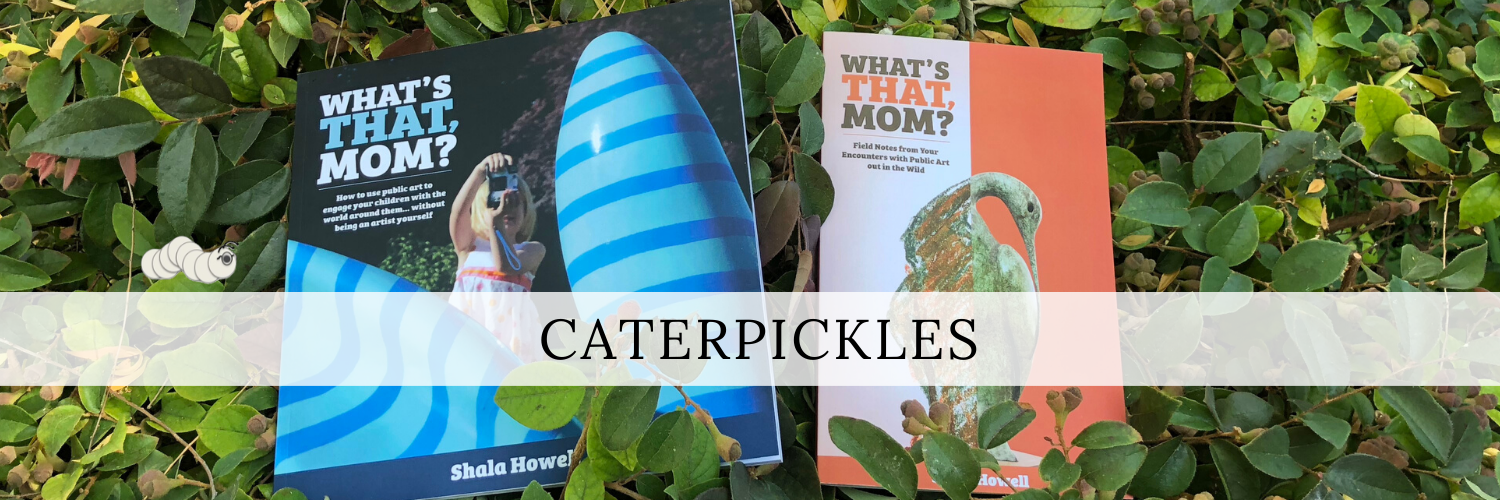How can we watch an eclipse safely?
Readers in North America who have been hiding under rocks, there’s a total solar eclipse headed our way on August 21, 2017.
***DO NOT look at a solar eclipse directly.***
You will go blind.
How can I watch an eclipse safely?
Instead, you’ll need to either buy some eclipse glasses (which I hear are in short supply), or make a pinhole projector. Making a pinhole projector will take some advance planning, but not much. Fifteen minutes should do it.
How to make a pinhole projector in 15 minutes or less, using stuff you have at home
Lots of other people have posted instructions on the web for how to make one of these, so I’m not going to duplicate their effort. Instead, I’ll just share some options:
- NASA’s instructions for turning a cereal box into a pinhole projector
- The Exploratorium’s version. In addition to pinhole projectors, the Exploratorium has a couple of tricks for making quick-and-dirty viewers in the field on the fly.
- How to make a pinhole projector out of two pieces of paper
Happy viewing!
Related Links:
- Top 7 Must-See Sky Events in 2017 (National Geographic)
- Eclipse Day Timeline Coast to Coast: When will you see the total solar eclipse? (AccuWeather)

One Response to “How can we watch an eclipse safely?”
Meh. Not part of the madness. My astronomy club, well most of them are travelling two days or one very long day up to Oregon and Idaho or whatever to see all glorious two minutes of it. I’m going to get my special glasses, go out during breaks at work, go “Ooh” and “aaah” and that’s about it.
Been there, done that.
Meh.
On the other hand, I just spent last night (Saturday) out at my observing site under a dark sky with NO MOON and observed a couple of galaxies, a planetary nebula, a trio of dark nebulae, and a whole bunch of open star clusters. It was a very productive night!
Now THAT was worth the 36 miles from the house!
LikeLike